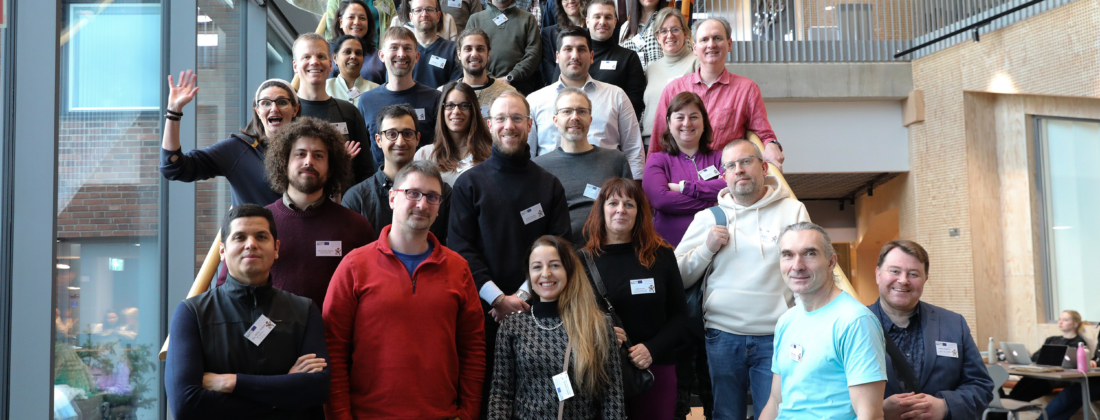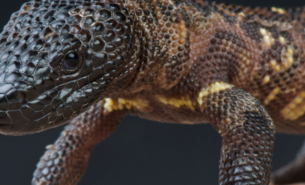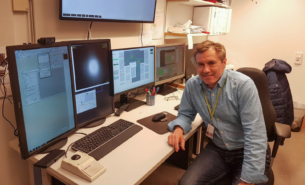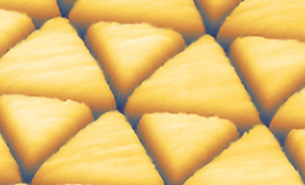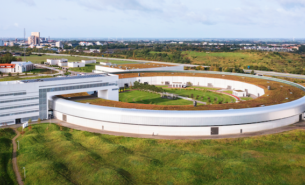Inviting new user groups and moving towards more complex and diverse samples require synchrotron facilities to challenge their ways of operation. An important step was taken when beamline scientists and users met to discuss and solve issues in a recent workshop.
This workshop has received funding from the European Union´s Horizon 2020 research and innovation programme under grant agreement no. 101004728.
MAX IV recently arranged a workshop on “Multimodal and Multispectral Microscopy” sponsored by LEAPS-INNOV, the part of the European lightsources’ joint committee LEAPS that focuses on innovation and industry partnerships.
“We see more users who need to perform a combination of methods for their samples as well as users from new scientific areas. They might, for example, want to investigate samples with interesting structures on multiple length scales or combine chemical and structural information on the same sample. Our colleagues at other synchrotrons experience the same increase in complexity, so we decided to collect people for a workshop,” says Karina Thånell, beamline scientist at MAX IV and one of the organisers.
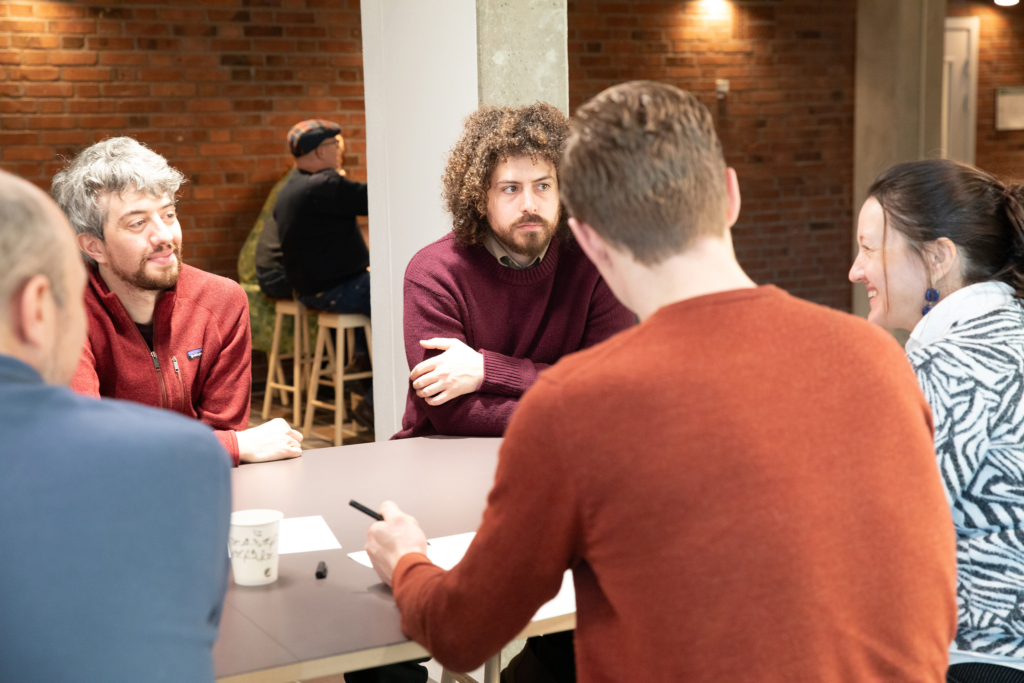
The workshop included several discussion sessions, and the organisers are analysing the outcome to distill general ideas and points. The result will be published in an open-access summarizing article. Some of the issues, “the low hanging fruits,” can be addressed already in the upcoming year, while others might take longer. One of the topics that came up in the workshop was data management.
“Microscopy and imaging are expanding areas, and with brighter synchrotrons and better detectors, the amount of data generated is constantly growing. Gone are the days when you could leave with the data on an external hard drive,” says Karina, “it is clearly one of the bigger issues and European collaboration is urgently needed. A low-hanging fruit here could be the harmonization of data formats.”
BAG, or Block Allocation Group-proposals, was another topic. BAG-proposals are common in the area of macromolecular crystallography and mean that a larger number of researchers apply for a larger, more general block of time without having to immediately specify exactly how the time will be divided between them. BAG-style proposals were also suggested to be interesting for other science areas, where participants with similar interests – but some new to the methods and some more experienced – could collaborate and knowledge-share.
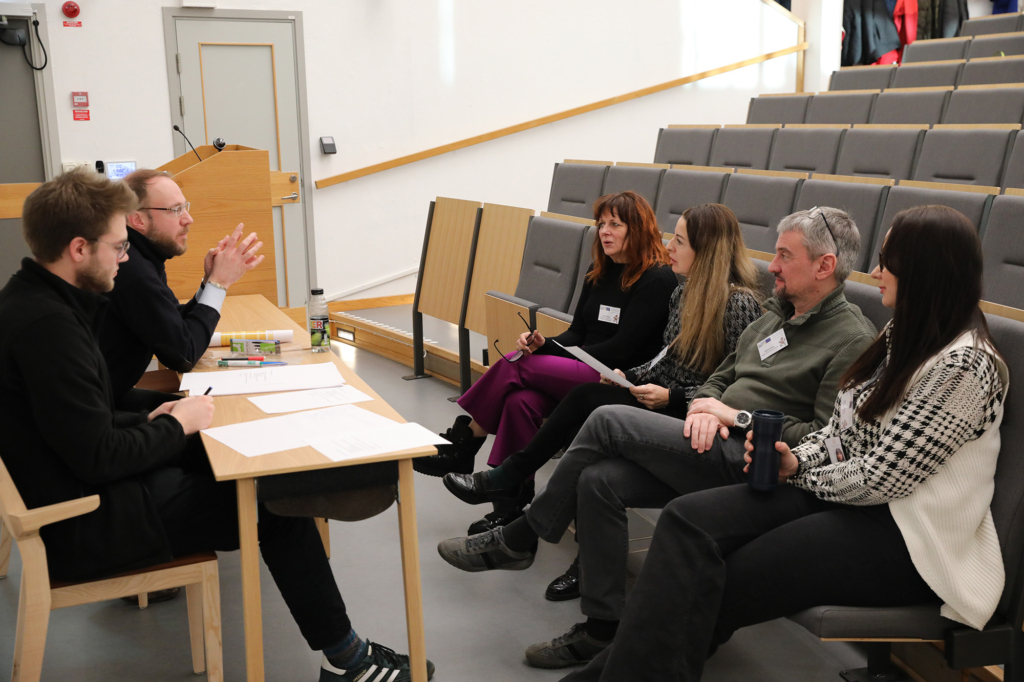
“The synchrotron in Grenoble, ESRF, has started a BAG programme for cultural heritage where multimodal measurements are especially important. Usually, you only have a small piece of sample and try to extract as much information as possible before it gets damaged. You can’t really cut out a big piece of a Rembrandt painting to analyse it,” says Karina.
Other topics that came up were joint protocols for sample preparation, setting up a standard compounds database needed for calibration within certain techniques, and online host-sharing of data-analysis resources such as scripts or commercial programs, to name but a few. The workshop is planned to be a recurring event.
